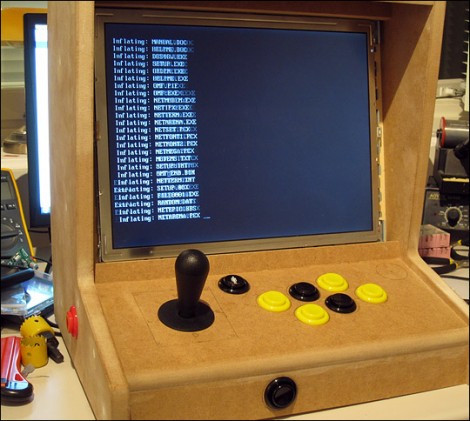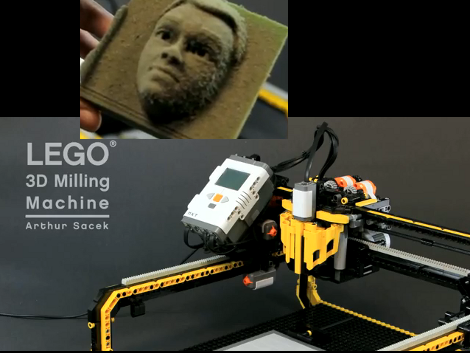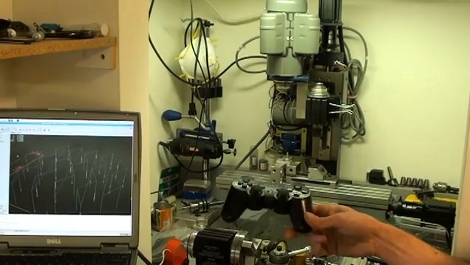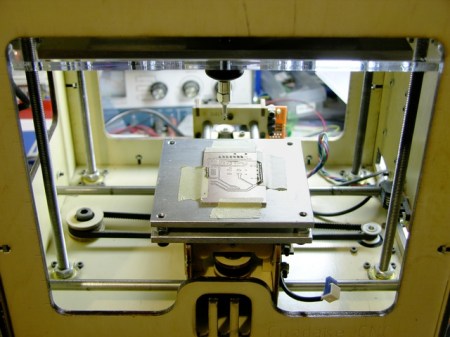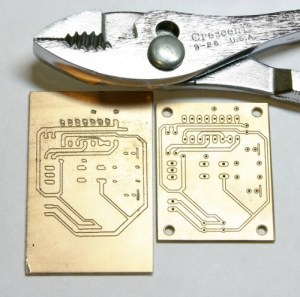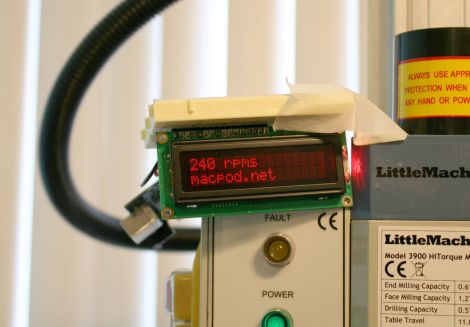Drilling square holes

We’re still a bit baffled by the physics of this, but apparently it’s possible to drill a square hole with a round bit. This video shows square holes being milled using a cutter which is offset from the center of the bit. [Thanks Jordan]
LED Motorcycle headlight driven by mains

[William] found a way to use a big capacitor and bridge rectifier to run this H4 LED headlight bulb in a mains sconce lamp.
Electronic slide whistle

Here’s an electronic instrument that [Dorian] made. It uses a linear potentiometer and a button and works much like a slide whistle would.
Robot rocks out to Daft Punk

[Adrian] didn’t just make a robot arm out of CD cases and a mints tin. He built the arm, then made a music video featuring it.
More light-pipe sensor experiments

[Uwe] has been working on an input sensor using a flexible light tube. It is a similar idea to these optical flex sensors, but [Uwe] tried several variations like filling the tube with alcohol.

